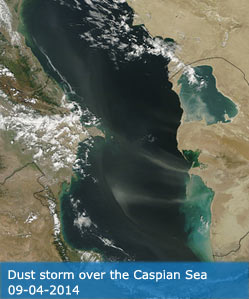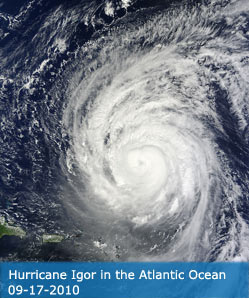Science Team
Publications
Zeng, QH; Lu, XH; Chen, SW; Cui, X; Zhang, HD; Zhang, Q (2025). Comparing the performance of vegetation indices for improving urban vegetation GPP estimation via eddy covariance flux data and Landsat 5/ 7 data. ECOLOGICAL INFORMATICS, 86, 103023.
Abstract
Urban vegetation is pivotal in enhancing regional ecological balance and sequestering significant amounts of carbon dioxide (CO2) through photosynthesis, thereby contributing substantially to regional carbon budgets. However, the gross primary productivity (GPP) of urban vegetation remains underexplored due to the absence of robust estimation methodologies, often leading to its exclusion from global and regional carbon budgets. Advances in vegetation indices (VIs) offer promising solutions for improving the accuracy and spatial resolution of urban GPP estimation. In this study, we compared the performance of the enhanced vegetation index (EVI), normalized difference vegetation index (NDVI), near-infrared reflectance of vegetation (NIRv), and kernel normalized difference vegetation index (kNDVI) calculated from Landsat 5/7 images in estimating flux-site-level GPP and incorporated meteorological factors to construct a high-performance VI-GPP model for urban GPP estimation. Our findings demonstrated that the EVI, NIRv, and kNDVI exhibited stronger correlations with GPP dynamics and higher R2 values than did the NDVI in linear VI-GPP relationships across most plant functional types (PFTs). Exceptions were observed in evergreen broadleaf forest (EBF), evergreen needle-leaf forest (ENF), and savanna (SAV), where GPP variations were strongly influenced by temperature, shortwave radiation, and vapor pressure. Incorporating these meteorological factors significantly enhanced GPP estimation accuracy for these PFTs. Among the indices, the NIRv achieved the highest overall model performance, with an R2 of 0.60 and a root-mean-square error (RMSE) of 2.05 g C m- 2 d- 1 across PFTs. The kNDVI demonstrated unique advantages for specific PFTs, such as deciduous broadleaf forest (DBF) and ENF. Compared with existing VI-GPP relationships created with coarse-spatial-resolution remote sensing data, our model was more suitable for high-spatial- resolution GPP estimation in urban areas. Our results highlight the performance of the NIRv and kNDVI in urban vegetation GPP estimation and provide a solution for estimating fine-resolution GPP to reveal the importance of urban vegetation to regional carbon budgets.
DOI:
10.1016/j.ecoinf.2025.103023
ISSN:
1878-0512




